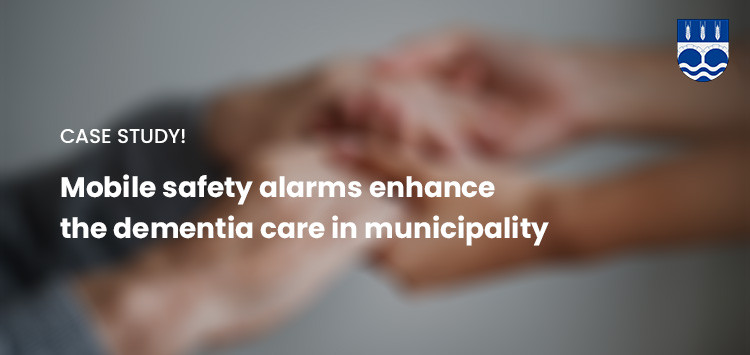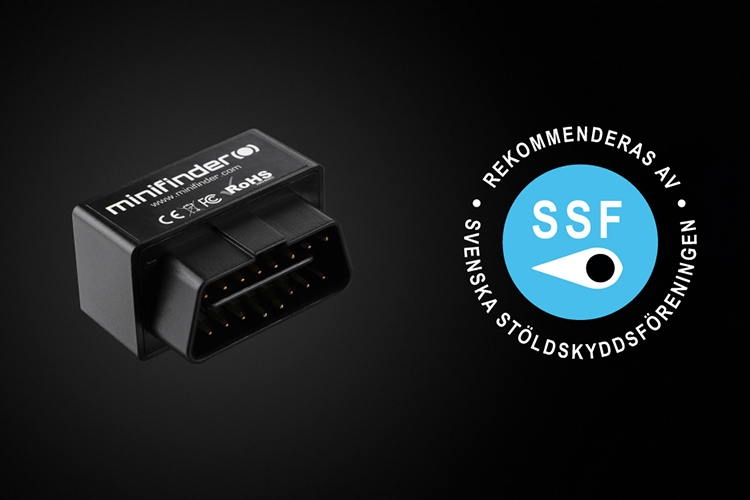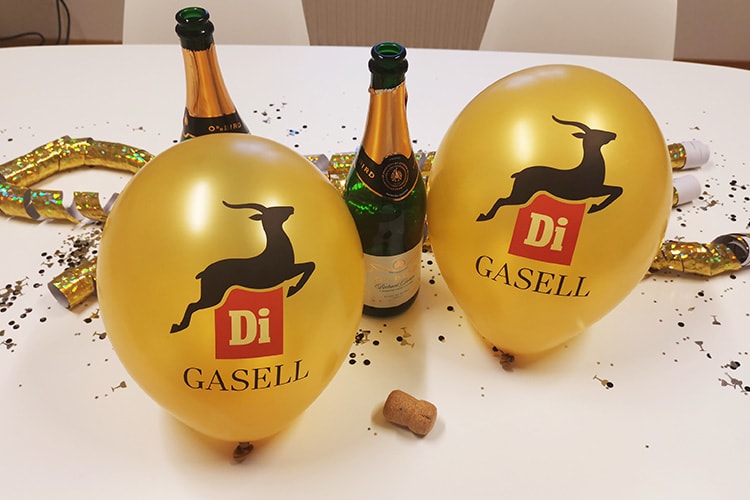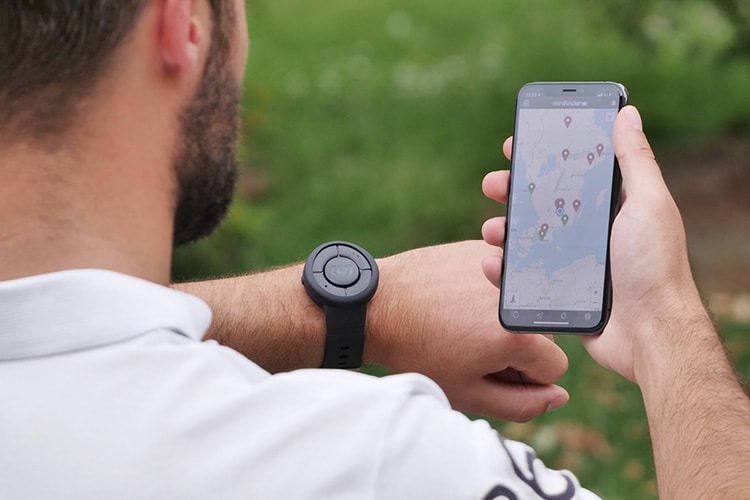
Elo 12, 2025
Since 2018, Essunga Municipality has been using mobile personal safety alarms from MiniFinder as part of its support for people living with dementia, both in residential care facilities and in ordinary housing. The municipality was an early adopter of the technology and, over the years, has gained valuable experience in how a GPS-based safety alarm can enhance security, give users greater freedom of movement, and at the same time improve working conditions for care staff.
With a clear focus on individual needs, Essunga has built a structure in which the safety solution is integrated into daily operations. The result is a strong example of how welfare technology can bring tangible benefits to both staff and users.
The Need for Freedom of Movement – Without Compromising Safety
The reason the municipality began using MiniFinder’s safety solution was clear: many users wanted to be able to go outside on their own—whether for a walk or simply to get fresh air—without always having staff accompany them. The growing demand for independence required a solution that enabled freedom while maintaining safety.
“It has been really good. Those who are able to walk on their own have gained much greater freedom,” staff members say.
The most common use has been outdoors, particularly in connection with walks or time spent in the local area. For some users, the municipality has combined a stationary safety alarm for indoor use with a mobile alarm that activates when the person leaves their home. This flexibility has been a key factor in meeting different needs within the service.
Features That Make a Real Difference in Daily Life
One of the most valuable features, according to the municipality, is geofencing—also called a virtual fence. It allows staff to define a digital boundary, for example around a care facility. If a user crosses that boundary, a notification is sent directly to staff, providing a quick and clear alert if something is out of the ordinary.
On one occasion, a user wandered into the forest. Thanks to MiniFinder’s mobile safety alarm, the municipality was able to quickly locate the person and coordinate the response effectively with colleagues. The position was shown in real time, which made it possible to avoid a large-scale search operation.
Adapted to the Organisation – and to Each Individual
To ensure the technology works in daily practice, Essunga Municipality has placed great emphasis on adapting the safety solution both organisationally and individually. They have not simply relied on a standard model, but have tested, adjusted, and fine-tuned it based on staff workflows and the user’s specific needs.
Three specific adjustments that have worked well in Essunga:
- Use Based on the Individual’s Abilities: The alarms have been carried in different ways depending on what works best—attached to a keychain, fixed to a bag, or worn with a lockable wristband. This has made it easier to incorporate the alarm naturally into everyday life.
- Streamlined Functions for Clarity: For some users where location tracking is the main focus, the panic button or call button has been disabled to avoid confusion or false alarms. Simplified use has led to safer use.
- Safety Alarms for Both Indoors and Outdoors: While stationary alarms were previously used mainly indoors, over time the municipality has seen the need for a solution that also works outside.
Recommendation for Other Municipalities
Essunga Municipality is one of MiniFinder’s longest-standing municipal customers. By being willing to test, adapt to needs, and seek support from the supplier when needed, the municipality has built a functioning and sustainable model.
“It’s easy to use and provides security for both staff and users,” the municipality says.
For other municipalities facing similar challenges, there is much to learn from Essunga’s experience—especially the importance of seeing technology as a tool, not a ready-made solution. Real safety is built through the small, everyday decisions and adjustments that make the technology truly work.



